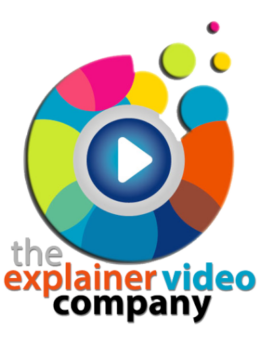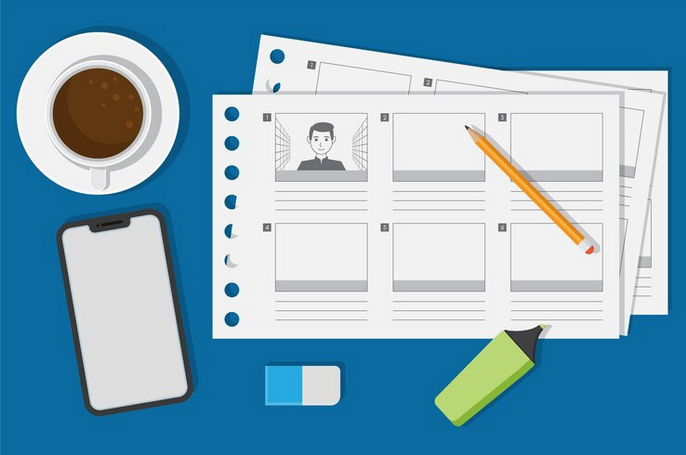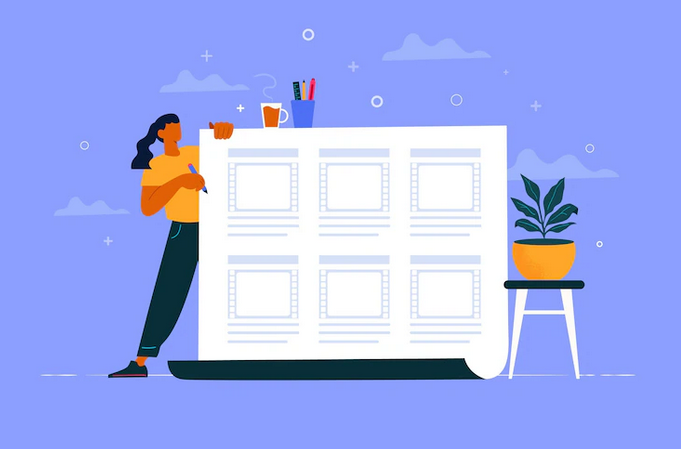Storyboarding For Animation The Essential Guide
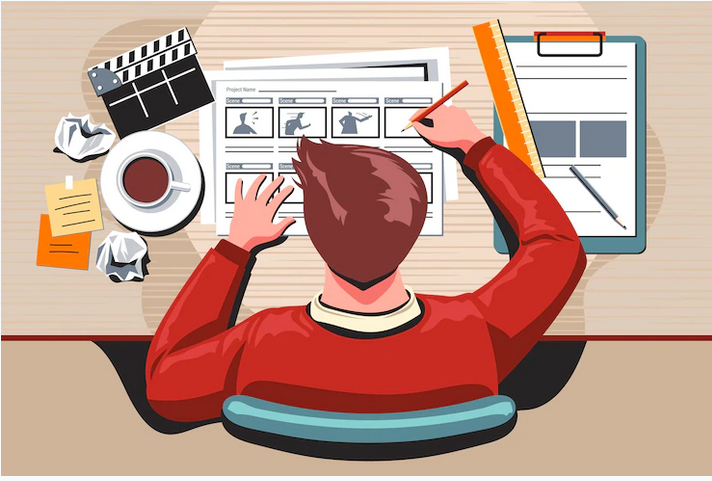
Table of Contents
Storyboard Definition
A storyboard is a graphic organizer in the form of illustrations or images displayed in sequence for the purpose of pre-visualizing a motion picture, animation, motion graphic or interactive media sequence. The storyboarding process, in the form it is known today, was developed at Walt Disney Productions during the early 1930s, after several years of similar processes being in use at Walt Disney and other animation studios.
Early examples of storyboards were created for The Tramp (1915), Alice’s Wonderland (1923), Oswald the Lucky Rabbit (1927) and Mickey Mouse (1928), among others. Graphic organizers are useful tools for organizing ideas and information visually. They can be used to organize thoughts before writing, analysing and interpret information, or studying. Storyboards are one type of graphic organizer that can be used for these purposes and many more.
Storyboards are often created by individuals in a variety of different fields, including animated explainer videos, advertising, filmmaking, television production, user experience design and software development. In each of these fields, storyboards are used to help communicate ideas and simplify complex concepts.
Advertising agencies use storyboards to help sell their ideas to clients. This is because a storyboard can show the client what the ad will look like and how it will flow, without having to produce the actual ad. This allows the agency to pitch multiple ideas to the client without incurring a large cost.
Filmmakers and animation companies use storyboards as a tool for planning and visualizing scenes. This helps the director/filmmaker or animator determine the best way to shoot a scene, as well as figure out any potential problems that might occur. It also allows them to communicate their vision to the cast and crew.
Television producers use storyboards to plan out each episode of a show. This includes figuring out the structure of the episode, the order of scenes and the timing of each scene. Storyboards are also used to communicate the vision for an episode to the show’s writers.
User experience designers use storyboards to plan out the user flow of an app or website. This includes figuring out what screens a user will see and in what order they will see them. It also helps designers think about how a user will interact with the interface.
Software developers use storyboards to plan out the functionality of an application. This includes figuring out what features will be included and how they will work together. It also helps developers think about how a user will interact with the software.
Storyboarding for animation can be created using a variety of different methods, including drawing by hand, using software or a combination of both. There is no right or wrong way to create a storyboard, it is simply a matter of what works best for the creator and the project.
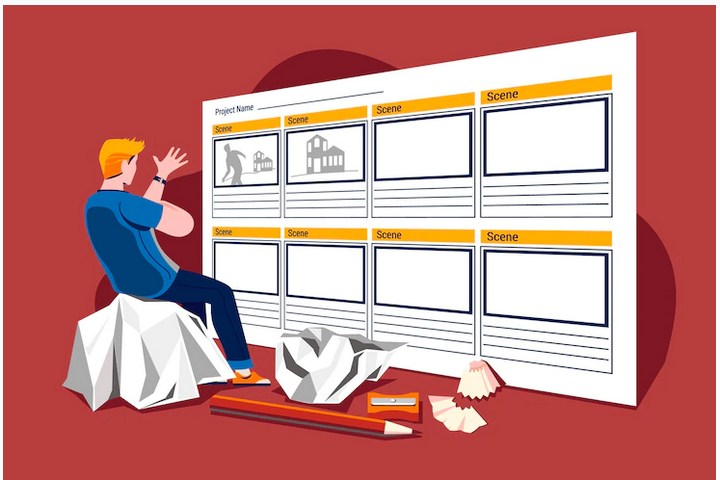
When storyboarding for animation, there are a few things to keep in mind. First, it is important to start with a clear idea of what the story is about. This will help ensure that the storyboard stays focused and on track. Second, it is important to keep the audience in mind.
The storyboard should be created in a way that is easy for the audience to understand. Lastly, it is important to make sure that the storyboard is visually appealing. This will help keep the audience’s attention and make them more likely to remember the story.
Storyboards are a great tool for visualizing ideas and stories. By using storyboards, creators can communicate their vision to others in a way that is easy to understand. Additionally, storyboards can help keep projects on track by ensuring that all of the necessary elements are included. When used correctly, storyboards can be an invaluable tool for any creator.
Storyboard Format and Layout
The storyboard is the foundation of your animated video or explainer video project. It’s a visual representation of the story you want to tell, complete with scene descriptions and character dialogue. A storyboard looks a lot like a comic book, and it’s used by animators and directors to plan out every aspect of the video before production begins.
Creating storyboarding for animation is the first step in making your vision come to life on screen. You’ll need to decide on the format and layout of your storyboard before you start drawing or writing out your ideas. There are several different ways to approach this, so it’s important to find one that works best for you and your project.
Once you have a general idea of the story you want to tell, you can start planning out your storyboard. You’ll need to decide on the number of frames or panels you want to use, and what type of information you’ll include in each one. Will you just be sketching out the action, or will you also include dialogue and descriptions? storyboards can be as simple or as complex as you need them to be. It all depends on your project and what works best for you.
The important thing is to get all of your ideas down on paper so you can start bringing your story to life!
Traditional Storyboards and Thumbnail Storyboards
The storyboard is the skeleton of the video, organizing the visuals and audio in a way that tells the story in the most efficient way possible. A storyboard looks like a comic book, and can be drawn by hand or created digitally.
There are two types of storyboards- traditional and thumbnail. Traditional storyboards are more detailed, often with frame-by-frame drawings of each scene. Thumbnail storyboards are simpler, with less detail and fewer frames per page.
Dive into this great explainer video on traditional stroyboards:
Which type of storyboard you use is up to you- both have their own advantages and disadvantages. Traditional storyboards can be very helpful if you’re working with a team of animators, as they provide a clear roadmap for the video. However, they can also be time-consuming to create.
Thumbnail storyboarding for animations are less detailed, but they’re also much faster to make. This can be helpful if you’re working on a tight deadline. However, thumbnail storyboards can sometimes be confusing for animators, as they don’t provide as much guidance.
Check out this explainer on Thumbnail Storyboards
At the end of the day, it’s up to you to decide which storyboard format will work best for your project. There’s no right or wrong answer- it all depends on your specific needs and preferences.
Storyboard Checklist:
1. What is the purpose of the storyboard?
2. Who is the target audience for the storyboard?
3. What is the tone or mood of the storyboard?
4. What is the overall look and feel of the storyboard?
5. How does the storyboard flow? Is it easy to follow?
6. Are all of the scenes necessary? Do they add to the overall story?
7. Do the visuals convey the message accurately? Are they appropriate for the target audience and tone of the storyboard?
8. Is there a clear call to action or next step at the end of the storyboard?
Popular Storyboarding Software
There are a variety of popular storyboarding software programs available, each with its own unique features and benefits. Here is a look at some of the most popular options:
Storyboard That: This online storyboarding tool is simple to use and perfect for creating basic boards. It offers a wide range of templates and illustrations to choose from, making it easy to get started.
Toon Boom Storyboard Pro: This professional-grade software is used by many studios and film directors. It offers a comprehensive set of features and tools, making it ideal for complex projects.
Adobe Story CC: This cloud-based storyboarding tool is part of Adobe Creative Cloud. It’s simple to use and perfect for collaboration, with features like comment threads and version control.
PowToon: This online storyboarding tool is perfect for creating animated stories. It offers a wide range of templates, characters, and props to choose from, making it easy to bring your story to life.
FrameForge Storyboard Studio: This software is designed specifically for storyboarding. It offers a wide range of features and tools, making it easy to create complex boards.
Celtx: This online storyboarding tool is simple to use and perfect for collaboration. It offers a wide range of templates, characters, and props to choose from, making it easy to bring your story to life.
Once you’ve decided on a storyboarding software program, you’ll need to gather the necessary materials. This includes paper or a whiteboard, pencils or markers, and any other supplies you’ll need to create your boards. Once you have everything you need, you can start planning out your story.
Start by brainstorming the key scenes in your story. What are the most important moments? What do you want your audience to feel? Write down these ideas so you can start planning your boards.
Next, sketch out each scene on a separate piece of paper or whiteboard. Include key details like characters, locations, and props. Once you have a basic idea of each scene, you can start fleshing out the story.
As you storyboard, keep in mind the overall flow of the story. Make sure each scene transitions smoothly into the next. This will help create a cohesive and engaging story.
Once you’ve created your storyboards, you can start adding additional details. This includes dialogue, sound effects, and music. These elements will bring your story to life and help engage your audience.
Finally, share your storyboards with others so they can provide feedback. This is an important step in the storyboarding process, as it can help you improve your boards. Get started today and see how easy it is to create engaging and visually appealing storyboarding for animation.
Heres some further resources below:
FREE Storyboard Template Resource
Check out this FREE resource of over 40+ Video Storyboards:
https://boords.com/storyboard-template
for your download and try storyboarding for your self and or your next animation project.
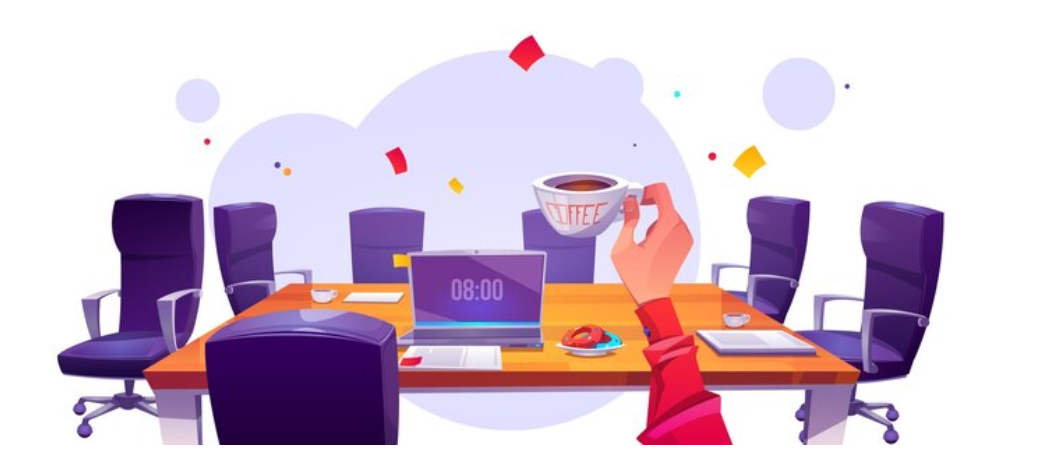
Conclusion: Storyboarding For Animation And How To Create One
Creating a storyboard for animation can be a fun and creative way to plan your project. But it can also be an extremely helpful tool for making sure your animation turns out the way you want it to.
By taking the time to create a storyboard, you’re able to map out each scene, determine what type of animation or graphics you need, and get a better idea of how long the entire project will take.
If you’re new to creating storyboards or would like some help getting started, our team at EVC is more than happy to assist. Contact us today and let us know how we can help bring your vision to life!
Article by Nicole Delgado 2022 | Marketing Manager | Explainer Video Company | Animated Explainer Video Production
Related Articles :
Storytelling – The Essential Guide For Animated Business Videos In 2022
https://thevideoanimationcompany.com/motion-magic-unlocking-the-secrets-of-motion-graphics/
https://thevideoanimationcompany.com/best-animated-explainer-video-companies/
https://thevideoanimationcompany.com/diy-animated-explainer-videos/
https://thevideoanimationcompany.com/how-to-improve-your-conversion-rates-with-animated-explainers
https://thevideoanimationcompany.com/the-ultimate-guide-to-promo-video-pricing/
https://thevideoanimationcompany.com/how-to-create-impactful-faq-videos/
https://thevideoanimationcompany.com/what-are-cut-out-animations/
https://thevideoanimationcompany.com/saas-explainer-videos/
